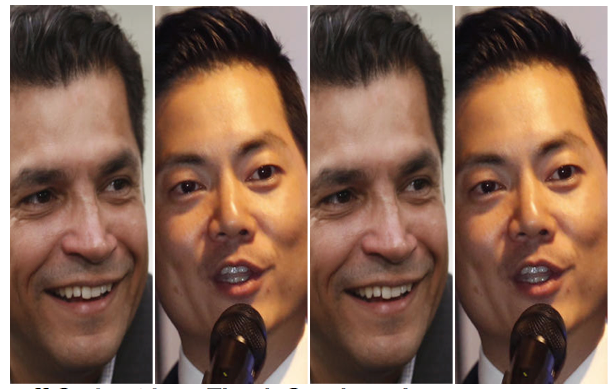CD34 Runoff On Last Lap, Thank Goodness!
EASTSIDER-Last week, in the run up to the June 6 Special Election runoff for Congressional District 34, replacing Xavier Becerra, we saw what may be the only pre-election public forum for choosing between favorite Jimmy Gomez and challenger Robert Lee Ahn.




































